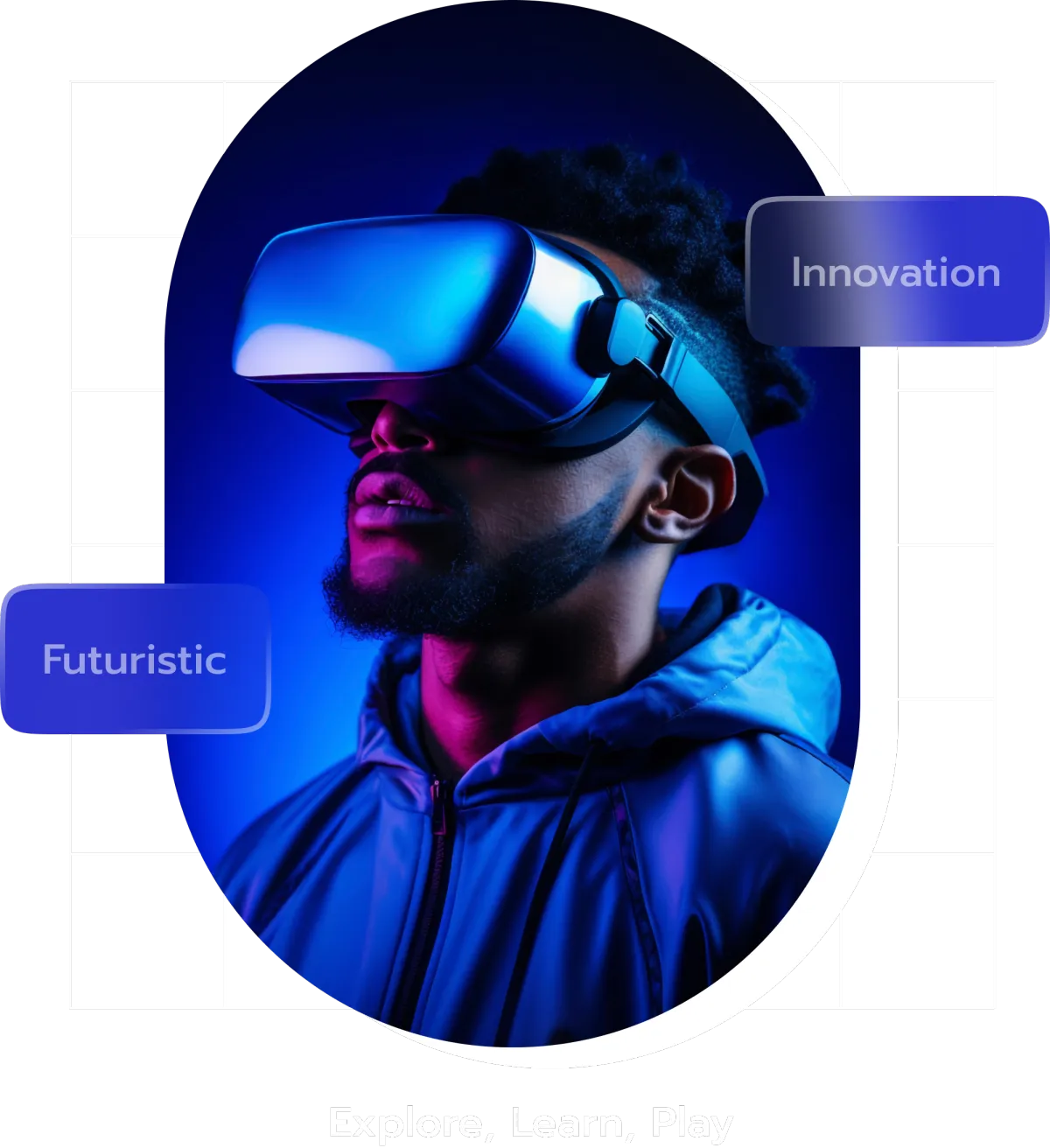April 01, 2025•3 min read

The world of live entertainment is undergoing a massive transformation, thanks to Augmented Reality (AR) and Virtual Reality (VR). Whether it's concerts, sports, or live events, these cutting-edge technologies are breaking barriers and creating immersive experiences like never before. From attending a sold-out stadium event from the comfort of your home to interacting with your favorite performers in real-time, AR and VR are revolutionizing the way we experience entertainment. Let’s dive into how these innovations are reshaping the future.
Imagine watching your favorite artist perform live from the best seat in the house—without ever leaving your home. With VR concerts, music lovers can experience live performances in a fully immersive 360-degree environment. Platforms like Meta Horizon Venues and Wave are already offering VR concerts that allow fans to step into a digital world where they can watch their favorite artists up close, interact with fellow attendees, and even customize their virtual presence.
AR, on the other hand, enhances physical concerts by bringing digital elements into the real world. Imagine looking through your phone and seeing holograms, animated visuals, or live song lyrics projected in real-time. Artists like Travis Scott and The Weeknd have already leveraged AR to enhance their performances, making concerts more visually stunning and interactive.
For sports enthusiasts, AR and VR are game-changers. VR allows fans to experience matches from a front-row perspective, no matter where they are in the world. Companies like Oculus and NextVR offer live-streamed games in VR, letting fans feel as if they are sitting courtside at an NBA game or on the sidelines of an NFL match.
Meanwhile, AR is enhancing the stadium experience for those attending in person. Through AR-enabled apps, fans can point their smartphones at the field and access real-time stats, player bios, and instant replays. Some stadiums even offer AR navigation, helping attendees find their seats, locate concessions, and explore interactive team history displays.
Major festivals and events are also embracing AR and VR to offer unique and unforgettable experiences. Events like Coachella and Tomorrowland have introduced VR versions of their festivals, allowing fans to explore digital festival grounds, watch live performances, and even interact with other virtual attendees.
AR, on the other hand, is bringing festivals to life with digital scavenger hunts, interactive maps, and real-time social media integrations. Event organizers are using AR-powered wristbands and mobile apps to enhance engagement, providing festival-goers with exclusive behind-the-scenes content, artist interactions, and gamified experiences.
As AR and VR continue to evolve, the future of live entertainment looks more exciting than ever. With advancements in AI, haptic technology, and 5G connectivity, we can expect even more realistic and interactive experiences. Imagine attending a concert where you can high-five a holographic version of your favorite artist or a sports event where you can feel the vibrations of a goal being scored.
The possibilities are endless, and as technology progresses, AR and VR will continue to bridge the gap between physical and digital entertainment, making live events more accessible, engaging, and immersive than ever before.
AR and VR are not just trends; they are the future of live entertainment. Whether you’re a music lover, sports fan, or festival-goer, these technologies are transforming the way you engage with your favorite events. So, get ready to step into a world where the lines between virtual and reality blur, and live entertainment becomes more thrilling than ever before!



